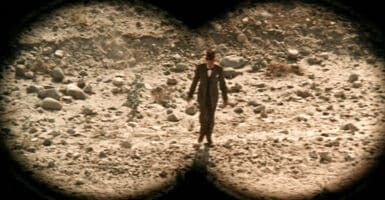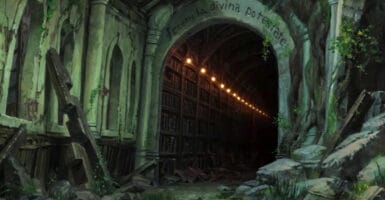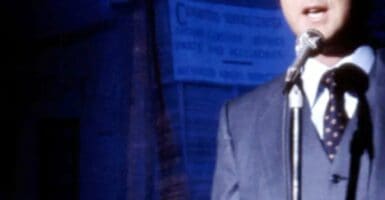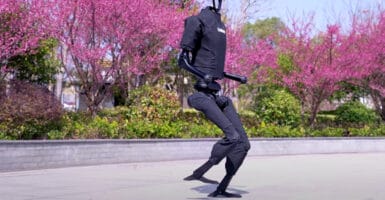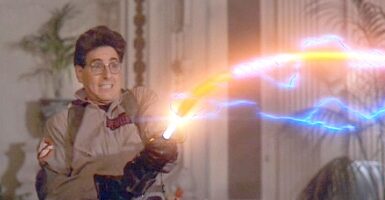Scientists Can Reconstruct Faces By Reading Our Minds
This article is more than 2 years old
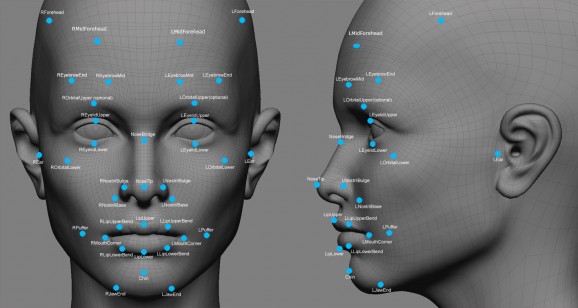 A couple years ago, UC Berkeley scientists figured out a way to recreate dreams via computer modeling, and then transferred those images to video, bringing Inception to real life. Now, scientists can do the same thing with facial reconstruction.
A couple years ago, UC Berkeley scientists figured out a way to recreate dreams via computer modeling, and then transferred those images to video, bringing Inception to real life. Now, scientists can do the same thing with facial reconstruction.
When we see a face, all kinds of stuff happens in our brain. Regardless of whether we recognize the face, we assess it for expressions, shape, features, our degree of attraction or lack thereof to what we see, memories or associations the face might trigger, and a host of other details, most of which we’re not conscious of. Your brain tells the story, and by monitoring the reactions when you look at a face, scientists can render an accurate reconstruction of that face.
This reminds me of one of Walter Bishop’s techniques on Fringe when he reads the brains of the comatose or the dead in order to capture information and images that help Fringe Division catch bad guys. Theoretically, this technique could be used in similar ways to harvest information about other details seen at the scene of a crime but perhaps not consciously remembered. Being able to reconstruct facial images could also be helpful in teaching children with autism, and treating prosopagnosia or face blindness.
 Processing a face is more complicated than processing other, simpler images, and involves more than the brain’s occipital cortex, which processes shapes and colors. The brain also recruits other regions, such as the amygdala, which involves emotional response, and the prefrontal cortex. The Berkeley team wanted to see if it was possible to use MRIs to recreate images of the faces and ran a study that is forthcoming in the May issue of Science Direct. Six participates who looked at 300 faces which varied in expression, color, and ethnicity, while the scientists recorded their brain activity. A machine-learning algorithm helped sort through the pattern logs to identify which were associated with certain facial features. By introducing the faces in batches (60 at first, and then 30 more, and then more), scientists can see if the patterns jived with the new information, and refined the results based on additional data.
Processing a face is more complicated than processing other, simpler images, and involves more than the brain’s occipital cortex, which processes shapes and colors. The brain also recruits other regions, such as the amygdala, which involves emotional response, and the prefrontal cortex. The Berkeley team wanted to see if it was possible to use MRIs to recreate images of the faces and ran a study that is forthcoming in the May issue of Science Direct. Six participates who looked at 300 faces which varied in expression, color, and ethnicity, while the scientists recorded their brain activity. A machine-learning algorithm helped sort through the pattern logs to identify which were associated with certain facial features. By introducing the faces in batches (60 at first, and then 30 more, and then more), scientists can see if the patterns jived with the new information, and refined the results based on additional data.
Ultimately, the reconstructed images were close to the original photos of the faces, so much so that one of the scientists called the project “a form of mind-reading,” which opens this technique up for uses involving memory or dream harvesting. Walter Bishop would be proud.
